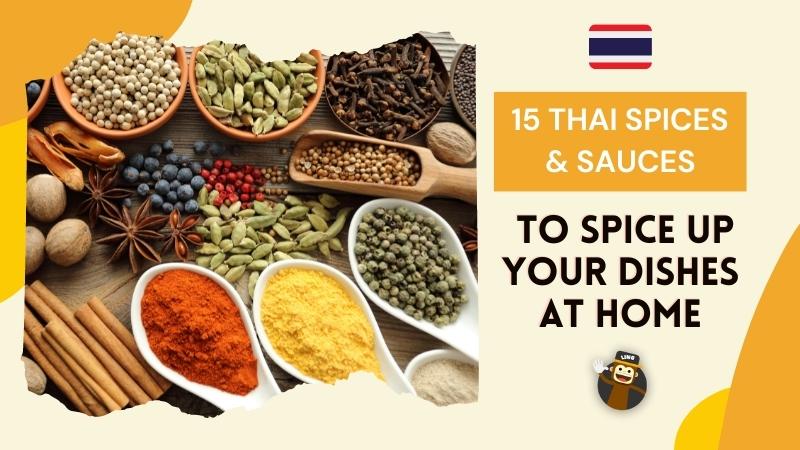Do you feel like something is missing in your dishes when you cook at home? If so, try seasoning your dishes with Thai spices (khreuuang thaeht – เครื่องเทศ)!
If you enjoy cooking and eating at home, then you should definitely try incorporating some Thai spices into your next dishes. Whether you’re cooking noodles or fried rice, you’ll be amazed by how much these spices can change the entire flavor of the dish with just a little pinch.
In this post, you’ll learn Thai spices and sauces that are essential in every Thai kitchen! So, let’s get started!
Spices That You Didn’t Know Originated From Thailand
There are actually more spices originally from Thailand than you might think. Additionally, Thailand has been greatly influenced by China and India in terms of spices.
On the other hand, a wide range of Thai herbs and spices, such as lemongrass and galangal, are native to Thailand. In general, you just need to know that most of the spices used in Thai food originated in either South or Southeast Asia for centuries.
1. Chili Pepper (พริก – phrik)
Chili peppers are green in color if they are harvested early. But, if you make them wait longer, they turn red because of the sunlight.
A pinch of chili pepper powder can transform any dish from basic to fantastic. If you like, you can also use the whole chili pepper in the dish.
You can find the use of red and green chili peppers in famous Thai dishes, such as stir-fried dried chili and salt with crispy pork (moo krob kua prik guea – หมูกรอบคั่วพริกเกลือ).
2. Ginger Root (ขิง – khing)
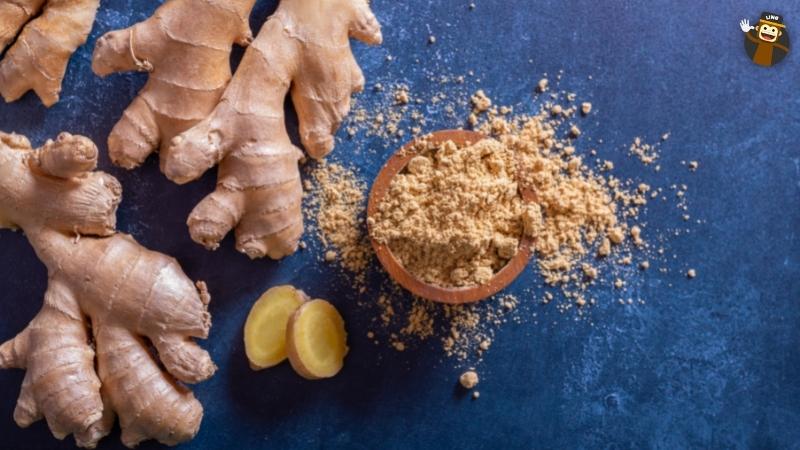
Ginger is a herb native to South Asia, and it is one of the most commonly used spices in Thai cuisine. One of the most popular ginger dishes is sautéed ginger with mixed vegetables.
Ginger can also be combined with galanga (ข่า – khaa) to make Panang curry paste.
3. Sweet Thai Basil (กะเพรา – ga phrao)
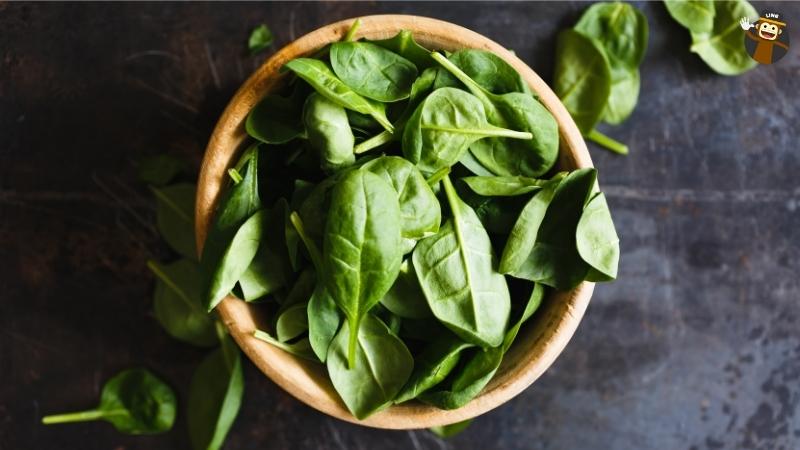
As you can see from its name, this herb has a sweet flavor. Fresh basil is an essential element to almost all Thai dishes. But, did you know that basil is also commonly used in Hindu temples? Well, you do now!
4. Lemongrass (ตะไคร้ – dta khrai)
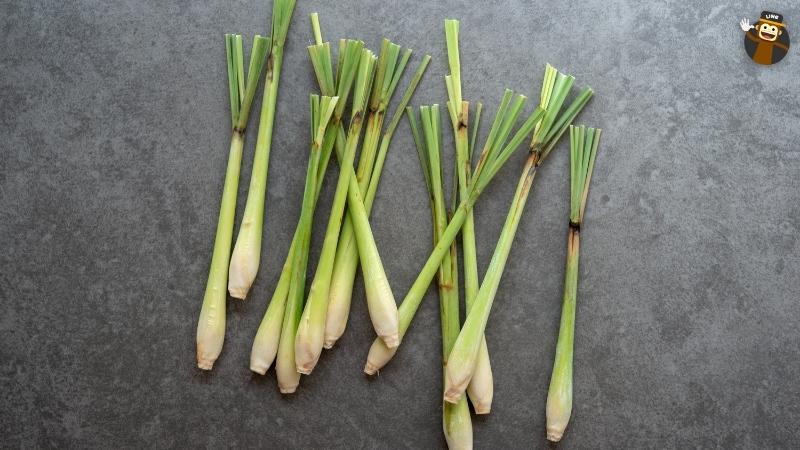
Since the flavor of lemongrass is quite sharp and sour, it is a staple ingredient in most Thai curries. The traditional use of lemongrass is to dip it in the green Thai curry base without leaving it in the actual curry because, otherwise, it will become bitter.
5. Cilantro (ผักชี – phak chee)
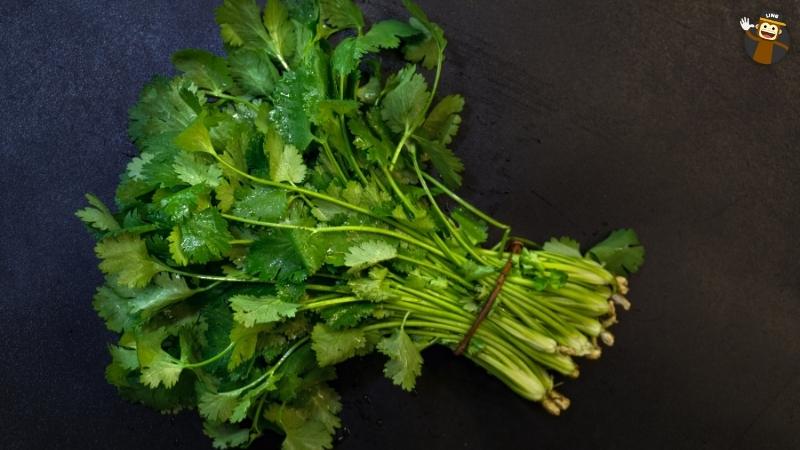
The cilantro herb is an essential item of Thai cuisine, both in the dish and as a garnish. All parts of the cilantro herb are edible, but the most used part is its leaves. Cilantro seeds, roots, and powder are often used to make different Thai pastes.
6. Black Pepper (พริกไทยดำ – prik Thai dam)
You may think black pepper is basic, but it actually has an intense flavor that you need to be careful when cooking with. Since black pepper is heavily used in Thai cooking, you are likely to taste it in most Thai dishes.
7. Cumin (เมล็ดยี่หร่า – ma let yee raa)
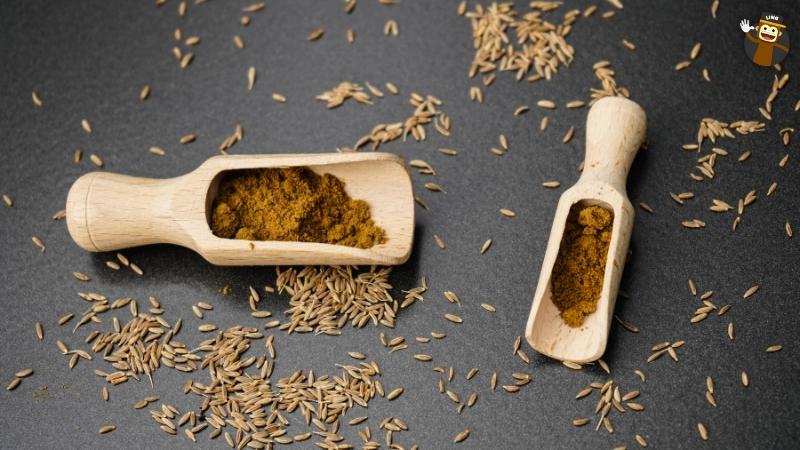
Cumin seeds are usually ground into a powder before use, and it can be found in many different sauces in Thai cuisine. One of the most common uses in Thailand is to make Thai red curry paste. In case you didn’t know, cumin has numerous health benefits!
8. Turmeric (ขมิ้น – kha min)
Turmeric is one of the most wonderful and flavorful spices that you’ll find in Thai curries and chicken dishes.
Turmeric is typically used in powder form in a variety of Thai dishes, including Thailand’s famous yellow curry.
9. Cinnamon (อบเชย – ohp cheeuy)
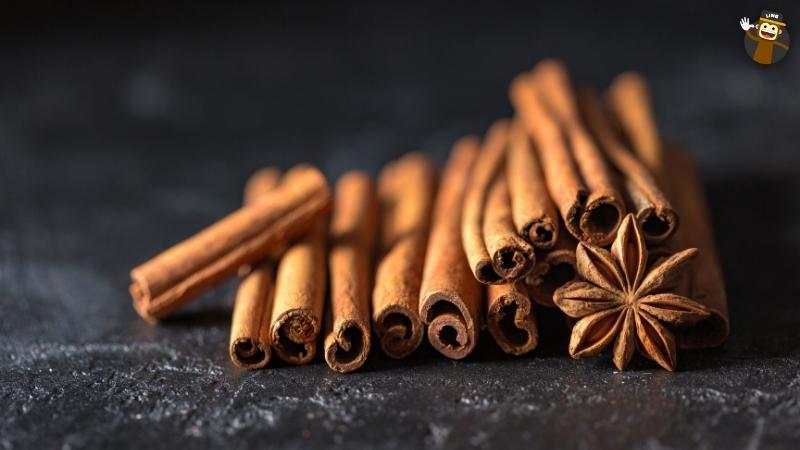
Cinnamon is one of the staple ingredients in Thai food. It is commonly used to soften the flavor of a sour sauce and add a more distinctive taste to dishes.
Cinnamon can also be used as a sweet flavor in tea and coffee. Next time you drink your tea or coffee, try adding a pinch of cinnamon instead of sugar.
10. Clove (กานพลู – gaan phluu)
Cloves are a kind of aromatic flower buds that look like tiny black sticks with a head. They slowly release both sweet and bitter flavors into the mouth.
11. Bay Leaf (ใบกระวาน – bai gra waan)
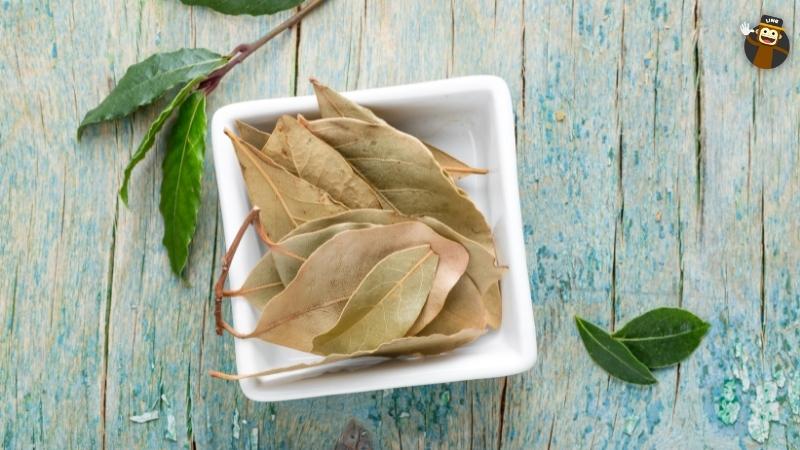
Bay leaves don’t grow naturally in Thailand, so they are usually imported from India. However, it’s important to note that these bay leaves tend to have a relatively different flavor from those found in Europe. Bay leaves in Thailand usually have olive-green leaves that are larger and milder in flavor.
12. Thai Red Curry Paste
The creamy red curry sauce is made from freshly blended red chili peppers, garlic, cilantro, cumin, lemongrass, turmeric, shrimp paste, black pepper, and salt. It is used in many other variations, including Panang curry and peanut curry.
13. Thai Green Curry Paste
Green curry paste consists of green chilies, shrimp paste, garlic, shallots, lemongrass, pepper, cumin seeds, lemon, and salt. Ginger can also be added if you like.
14. Thai Peanut Curry Paste
Peanut curry paste is another version of red curry paste, except you also need to add peanut butter, garlic, brown sugar, fish sauce, sesame oil, vegetable oil, and coconut milk broth.
15. Chili Paste With Soybean Oil
This paste has a particularly spicy and sweet flavor and is used as a dipping sauce in many main dishes. This paste is made from Thai red chilies, fresh minced garlic, onion, dried mushrooms, brown sugar, tamarind paste, and white vinegar.
Want To Learn Thai? Use The Ling App!
If you are interested in learning Thai or any of the other 60+ foreign languages offered in the app, then you will absolutely love Ling!
The Ling App is a language learning app designed to help all learners as they venture out on their language learning journeys.
From mini-games to comprehensive lessons to quick quizzes, you can find everything you need in the app to master all 4 language skills. Even better, you can try the app out for free today by downloading it from the App Store or Play Store.
Don’t wait any longer, be sure to download the Ling App now to start learning languages in a more effective and fun way!
